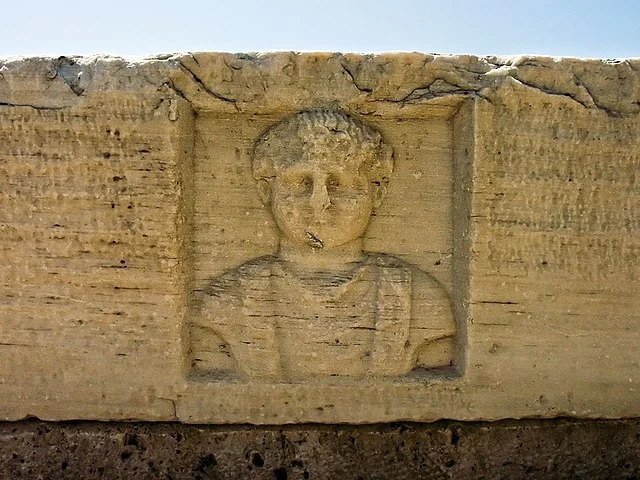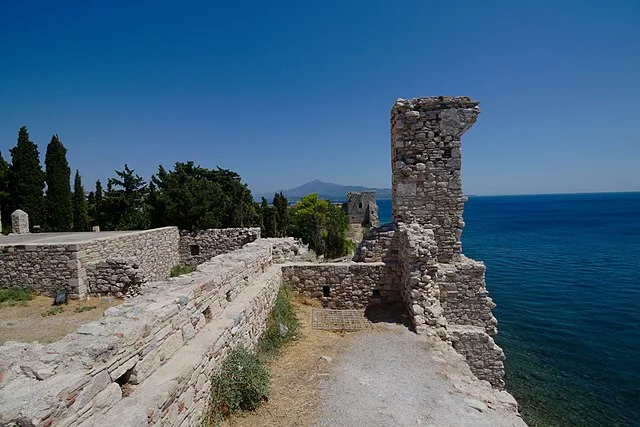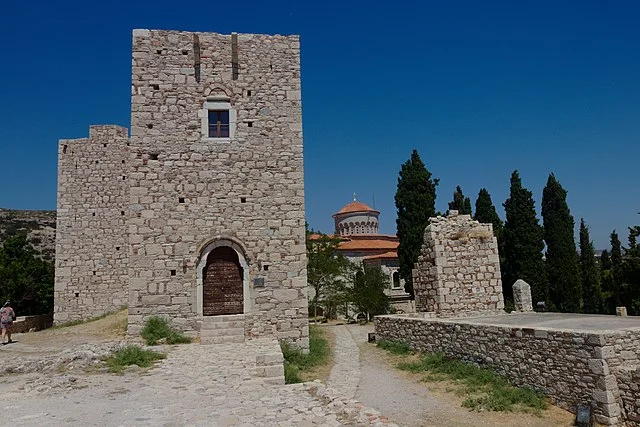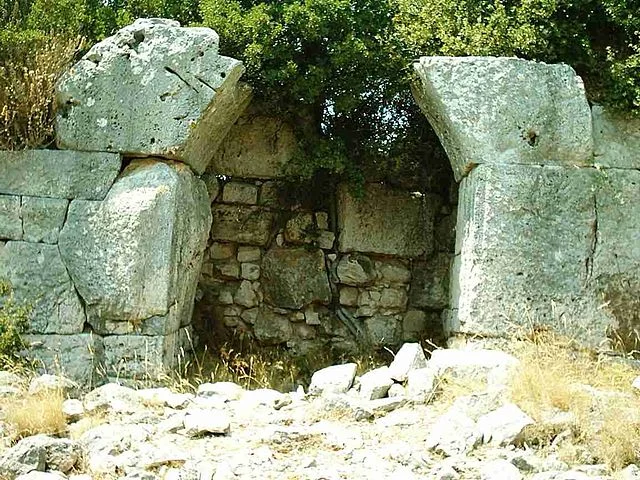The Pythagoreion is an ancient site located on the island of Samos, Greece. It served as a major urban center in antiquity and is closely linked to the famous mathematician Pythagoras, who was born on the island around 570 BC. The site provides valuable insights into the ancient Greek world, with its well-preserved architecture and historical significance.
Get your dose of History via Email
Historical Overview

Pythagoreion was originally known as the city of Samos. It gained prominence during the 6th century BC under the rule of the tyrant Polycrates. During this time, the city flourished as a key maritime and cultural hub in the Aegean Sea. Polycrates expanded the city’s infrastructure, focusing on defensive fortifications and monumental buildings.
The harbor, vital to the city’s prosperity, became one of the most advanced in the ancient Greek world. It facilitated trade across the Mediterranean. Moreover, Pythagoreion was strategically located along major trade routes, making it a focal point for merchants and travelers alike.
Architectural Highlights

The Pythagoreion features several important architectural structures, including the Tunnel of Eupalinos, an aqueduct considered an engineering marvel. Constructed in the 6th century BC, the tunnel was built to provide fresh water to the city. This two-way tunnel, dug from both ends, showcases the advanced mathematical knowledge of the ancient Greeks.
In addition to the tunnel, the site contains ruins of temples, public baths, and an ancient theater. These buildings highlight the city’s role as a cultural and religious center. The remnants of the temple dedicated to Hera, the Greek goddess, show the religious significance of the area.
Roman Influence
During the Roman period, Pythagoreion continued to thrive. The Romans made significant additions to the site’s infrastructure, particularly through the construction of thermal baths and residential villas. These structures demonstrate Roman influence on local culture and urban planning.
The baths, in particular, provide insight into the daily life of the city’s inhabitants during Roman rule. The preserved mosaics and intricate architectural details reflect the wealth and status of the city at the time.
Archaeological Discoveries

Excavations at Pythagoreion began in the 19th century and continue today. Archaeologists have unearthed numerous artifacts, including pottery, coins, and inscriptions. These finds have helped historians better understand the city’s role in trade, religion, and politics during its peak.
The discovery of the Tunnel of Eupalinos was especially significant, as it confirmed ancient records of the tunnel’s construction. Its excavation and preservation offer insight into the technological capabilities of the ancient world.
UNESCO World Heritage Site
In 1992, UNESCO designated Pythagoreion, along with the nearby Heraion of Samos, as a World Heritage Site. This recognition underscores the historical and cultural importance of the area. The site represents a blend of Greek and Roman influences, highlighting its long-standing significance in Mediterranean history.
Conclusion
Pythagoreion stands as a testament to ancient engineering, urban planning, and cultural development. Its well-preserved ruins provide a window into the life of the ancient world. The city’s role as a center of commerce, religion, and technology makes it an important archaeological site.
Source:

